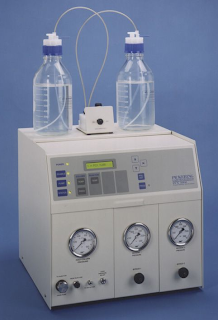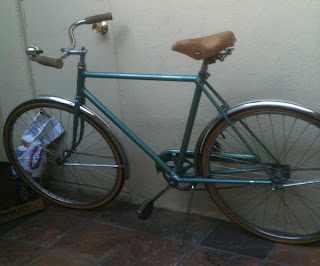|
Live Webcast: Tuesday, August, 14, 2012 at 8:00 am PDT; 11:00 am EDT; 15:00 GMT
Register Free at http://www.chromatographyonline.com/foodmatrices |
||||||||||||||||||||||||||
|
||||||||||||||||||||||||||
All posts by homerjs9
AOAC Pacific Northwest Section 2012
 |
| Mt. Rainier |
Chromatography Quiz #10
|
TIME
|
Na328 %
|
Na740 %
|
RG0011 %
|
|
0
|
100
|
0
|
0
|
|
10
|
100
|
0
|
0
|
|
32
|
0
|
100
|
0
|
|
56
|
0
|
100
|
0
|
|
56.1
|
0
|
0
|
100
|
|
58
|
0
|
0
|
100
|
|
58.1
|
100
|
0
|
0
|
|
70
|
100
|
0
|
0
|
Pickering Laboratories at Pittcon 2012
“The FREESTYLE is the culmination of the best of our previous versions and new technology to bring the best automated sample clean-up platform available in the market today “ said Michael Baumann, President of LCTech Germany and manufacturer of the Freestyle.
The Freestyle is a powerful productivity tools for sample clean-up in any high throughput laboratories.
For SPE and Immunoaffinity column processing the EluVac vacuum chamber offers 1 to 20 columns in one setup. With a unique feature that provides these multiple columns to be loaded then washed, and then eluted into the collection vials in one setup just by rotating the cover. These instruments and columns from Pickering Laboratories provide instruments and consumables for sample clean-up processing. See Wendy Rasmussen demonstrate the EluVac:
New Mycotoxin Cleanup Columns!
The final elution volume is only 400uL instead of the typical 2mL – and yet has the same final concentration as with other columns. As most methods inject only 20-50uL of sample onto the autosampler, this volume is more than enough for analysis.
If you would like additional information, please email us: sales@pickeringlabs.com
Obsolescence of PCX 5200 in February 2013
The PCX 5200 will no longer be supported starting February 2013. This means we will no longer keep replacement parts in stock starting February 2013.
 |
| PCX5200 will be obsoleted in February 2013 |
Common parts like tubing, nuts, ferrules, and filters that are used on the Pinnacle and the Vector will still be available.
Our current models, the Pinnacle PCX and Vector PCX are a great upgrade option to the PCX 5200. You can download our PCX Product Brochure from the Pickering website or find more information by clicking on the individual links.
If you have any questions, please contact support@pickeringlabs.com
If you would like a quotation for a new system or to place an order, please contact orders@pickeringlabs.com
David Mazawa,Technical Support Chemist
Chance Favors the Prepared Mind
 |
| Figure Y: A 1953 Schwinn three speed bicycle. |











